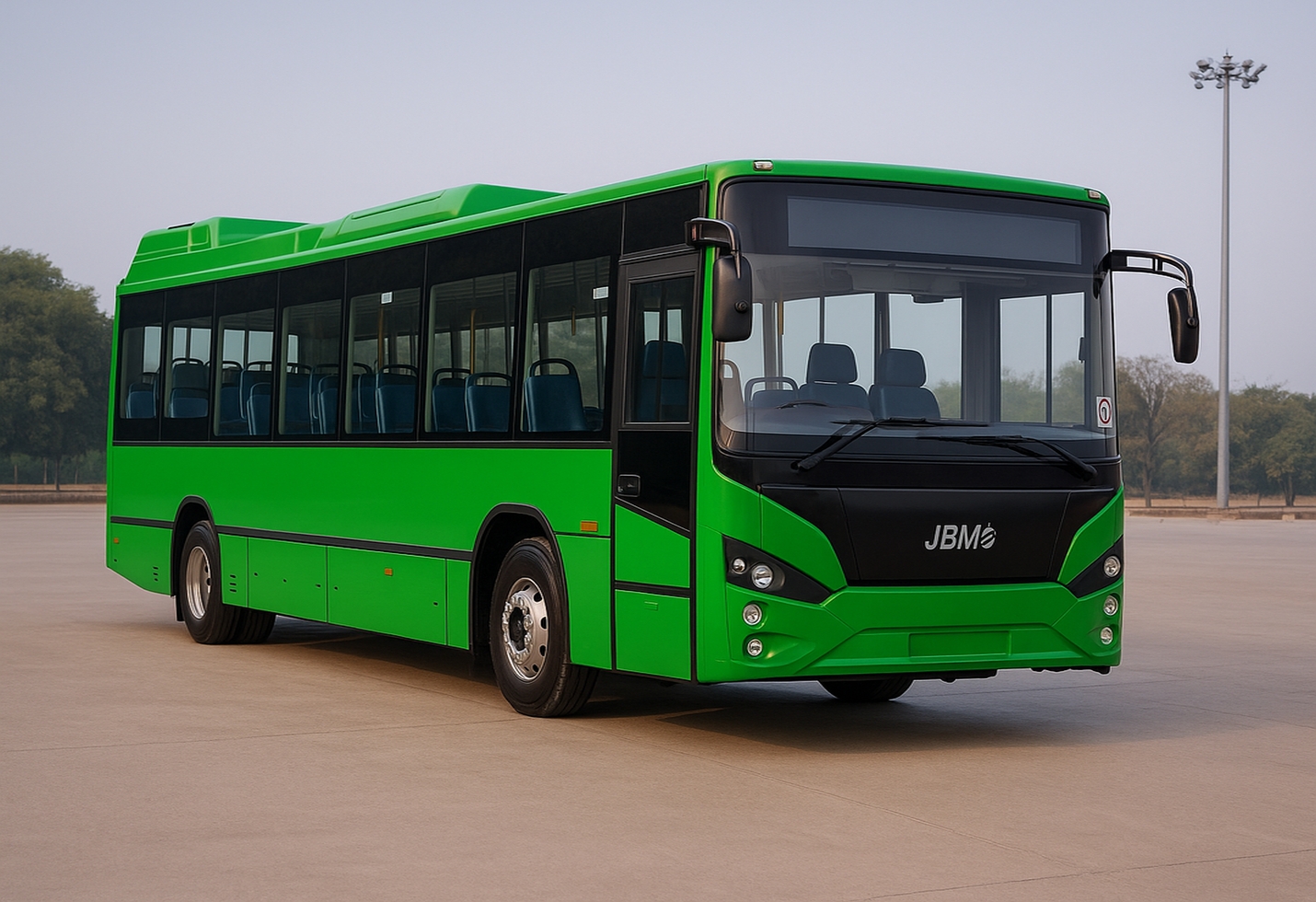MRF Shares Soar Above ₹1.5 Lakh, Reaching a 52-Week Peak!
MRF, India’s priciest stock, rose by 4% to reach ₹1,50,981; it has increased by 33% over the past three months and nearly 50% in the last two years.
Summary:
MRF shares jumped by 4% on Tuesday, surpassing the ₹1.5 lakh milestone once again and reaching a new 52-week high of ₹1,50,981. The surge has been driven by robust buying interest, better financial performance, and favorable technical indicators. With a 33% gain over the last three months and a 50% return over two years, MRF continues to dominate as India’s highest-priced stock.
MRF Hits ₹1.5 Lakh Once Again: A Symbol of Premium Valuation and Investor Confidence
In a stellar display of strength, MRF Ltd (Madras Rubber Factory) — India’s most expensive stock by price — crossed the coveted ₹1.5 lakh mark once again on Tuesday, marking a new 52-week high of ₹1,50,981 per share. This sharp 4% intraday surge is a reflection of renewed investor confidence in the company’s performance, robust demand in the auto and replacement tyre market, and positive technical indicators supporting the ongoing rally.
The stock’s recent momentum has left market watchers impressed as MRF has delivered over 33% returns in the past three months alone, and nearly 50% over the last two years, establishing itself as a reliable source of wealth generation in the Indian equity market.
India’s Most Expensive Stock by Price
MRF has always held a unique place in the Indian stock market for being the highest-priced share on the bourses. Despite the absence of a stock split or bonus issue, the company’s consistent performance, brand strength, and premium positioning have ensured steady price appreciation over the decades.
While price alone doesn’t determine the valuation or value of a company, MRF’s share price has become symbolic of investor loyalty and market stature. It continues to attract attention from institutional and retail investors alike, despite the high nominal price tag.
What’s Driving the Rally?
1. Strong Financial Performance:
MRF reported healthy numbers in its recent quarterly results. Despite margin pressures faced by the industry, the company showed resilience by optimising costs and capitalising on rising demand from the commercial vehicle and passenger car segments.
2. Auto Sector Recovery:
The Indian automobile sector has been witnessing a sustained recovery post-COVID, supported by strong rural demand, easing chip shortages, and rising preference for personal mobility. This has directly benefited tyre manufacturers like MRF that supply to OEMs (Original Equipment Manufacturers) and also operate in the aftermarket space.
3. Rising Replacement Demand:
With an increasing number of vehicles on Indian roads and improved road infrastructure, the replacement cycle for tyres has shortened, pushing demand higher for quality brands like MRF.
4. Technical Breakout:
From a technical standpoint, MRF broke past key resistance levels on high volumes. Technical analysts observed a strong bullish momentum, supported by positive indicators such as the Relative Strength Index (RSI) and Moving Average Convergence Divergence (MACD).
Performance Snapshot:
Time Frame Price Gain
1 Day- +4%
1 Month- +12%
3 Months- +33%
1 Year- +41%
2 Years- +49.7%
The recent price action reflects the long-term compounding strength of the stock, despite its steep per-share price, and further reinforces the trend of investing in industry leaders with strong fundamentals.
Key Investor Considerations
MRF’s consistent performance and premium pricing come with a set of unique considerations:
Pros:
Dominant Market Share: Among the top tyre manufacturers in India, with a wide OEM and replacement network.
Brand Strength: Recognised as a durable and trusted name in tyres for decades.
Strong Balance Sheet: Minimal debt and solid cash flows make MRF financially resilient.
Rising Exports: MRF’s presence in international markets is gradually growing, adding to revenue diversification.
Risks:
High Raw Material Costs: Rubber and crude derivatives can be volatile, affecting margins.
Competitive Pressure: Growing competition from domestic and international tyre brands.
No Stock Splits or Bonuses: While the price remains premium, the lack of splits may limit liquidity or discourage small investors.
Investor Sentiment Remains Positive
Brokerages remain optimistic about MRF’s long-term story. According to a recent analyst report by a leading domestic brokerage, “MRF is well-positioned to benefit from the ongoing recovery in the auto sector, while its focus on premium tyres and efficient capital management should keep it ahead of the curve.”
Additionally, long-term investors who value low volatility, brand legacy, and steady growth continue to hold MRF as a blue-chip defensive stock in their portfolios.
What Lies Ahead?
With the festive season approaching and the rural economy showing early signs of recovery, the auto and tyre demand is expected to remain buoyant. For MRF, this could translate into stronger quarterly earnings and further upside in share prices.
However, macroeconomic cues like interest rate changes, input cost inflation, and currency fluctuations should be monitored closely, especially for export-heavy segments.
Conclusion:
MRF’s remarkable journey continues to awe market participants as it touches another milestone. The stock crossing ₹1.5 lakh again is more than just a price event — it reflects investor confidence in a fundamentally strong, brand-driven business with a proven legacy. For those seeking long-term compounding stories, MRF remains a stellar example of steady and sustainable growth in Indian equities.
:
The image added is for representation purposes only



